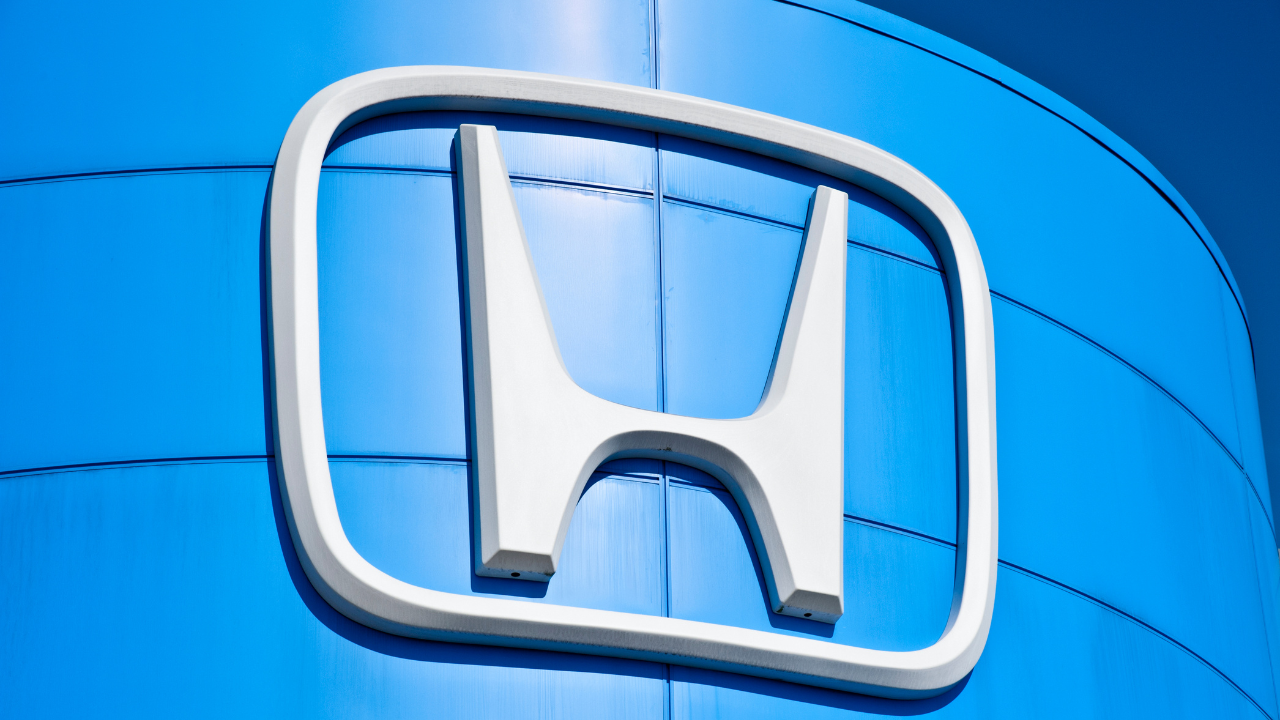How American Honda Motor Company turned work into
Value Streams with ValueOps Value Stream
Management
Business
American Honda Motor Company, with more than 30,000 employees, is the North American subsidiary of Honda Motor Company and is responsible for distribution, marketing and sales of automobiles, power sports products, including motorcycles, scooters and all-terrain vehicles, and power equipment products, including lawnmowers, tillers, string
trimmers, generators, small displacement general-purpose engines and marine outboard engines.
Challenge
Honda is a mature organization when it comes to project delivery. But they are also an organization that is continuously striving to improve, to embrace emerging ways of working and leverage the opportunities those approaches present. That is why Honda business leaders challenged the organization to embrace ValueOps Value Stream Management (VSM) by Broadcom® Software.
For Honda’s IT department, this required a rethinking of how they looked at their work. Instead of a more traditional alignment of work with projects and programs, IT would now need to align with the priority value streams that were defined by business leaders. That realignment posed a significant challenge in an environment where people were used to dealing with proposals and business cases that leveraged PowerPoint and Excel, and where delivery was still predominantly waterfall-based.
Solution
Honda’s solution started with value streams being defined by business leadership. This definition provided complete clarity to how executives saw value to the customer and the business being prioritized. It gave all stakeholders a common understanding of the importance of things like the pursuit of electric vehicles.
For IT, alignment to those value streams was achieved through ValueOps VSM, making significant use of the roadmap functionality. Michael Lemley, Product and Process Manager, EPMO, explains. “Using roadmaps, and leveraging different views with those roadmaps allows us to communicate with all stakeholders around how work aligns with value streams. The data is trusted so we can focus on conversations about how to better align, how to mature, and where the challenges might be.”
Honda IT is now a hybrid environment, with agile being used where it is beneficial within the context of a waterfall framework. In the coming years agile is planned to expand, but it is unlikely to exceed 60% of all work. But that is not seen as a barrier to VSM.
Lemley points out that already value streams are improving performance in the current environment, “we’re seeing unification of business and IT” he says. Additionally, as part of VSM, Honda is moving funding higher up the planning and decision-making process. That gives IT teams greater autonomy and empowerment to operate within those funded investments.
And at every step of the process, ValueOps VSM is enabling the ability to perform. Roadmaps are allowing teams to see how the same language is being used throughout the organization—the priorities executives talk about are the same words that appear in the roadmaps that teams are aligning their work to.
Benefits
Just nine months into Honda’s use of value streams, the benefits are many and significant. Practically, ValueOps VSM functionality is eliminating spreadsheets and slides, it is enabling more effective and efficient conversations around work and options, and it is empowering stakeholders to own their own information.
“All we have to do is show stakeholders the different roadmap views and how to sort and filter information and they’re ready to embrace it,” says Lemley. Work is moving through the system more quickly, decisions are being made faster, and all staff have access to insightful information in real time, at all times.”
But the benefits go far beyond these practical aspects.
“We’re talking the same language as the business,” says Lemley. “That is a huge benefit as it drives alignment, which in turn drives speed. Everyone has a better understanding of value, and how their own work contributes to that value, driving engagement and performance.”
Lemley’s EPMO team has helped that process along by working with all groups to help them understand the new approaches and how to work with the information around them. At all points the focus has been on providing groups with an understanding of what is in it for them—not focusing solely on value streams as a concept, but on how the concept applies to their work, and how it improves their ability to perform.
Honda is showing that you do not need to be a fully agile delivery environment to leverage value streams. With the right approach, the right environment, and the right tool, you can deliver a lot.
Download the PDF
Download


